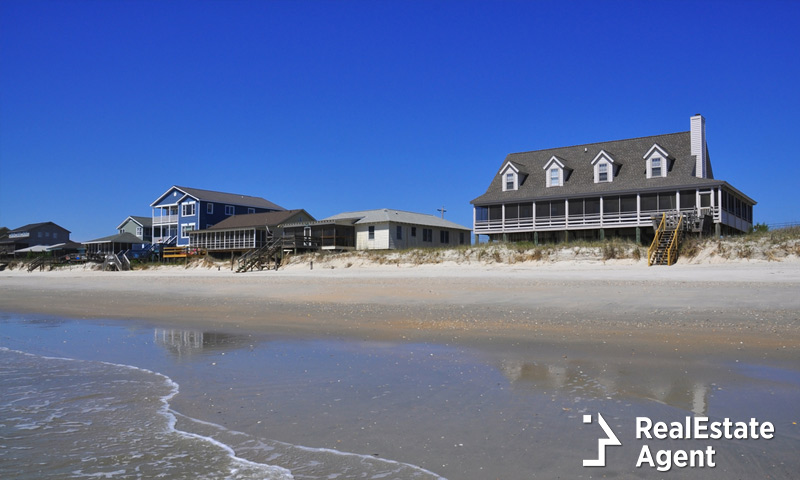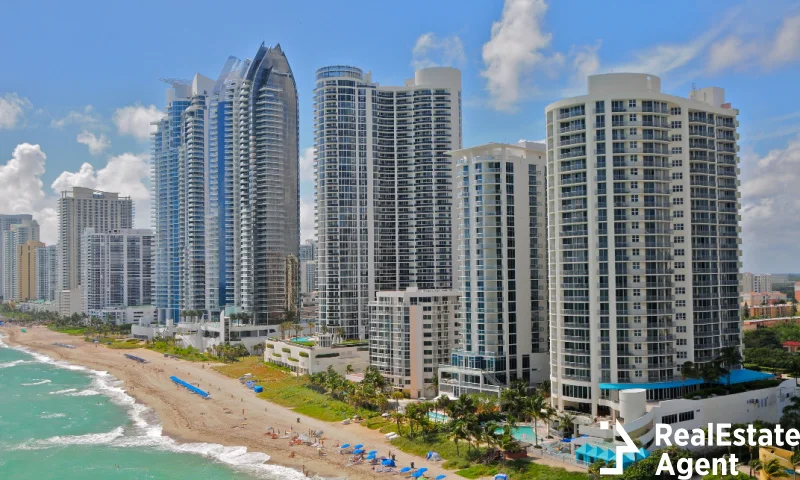Living on the waterfront has many exciting qualities, but any real estate agent in Naples Florida can tell you those who pay a premium for coastal real estate properties may not be calculating the hidden costs of a beachfront life!
In addition to the incredibly expensive square footage that comes with that prized few meters of sand, you can expect some extra costs over the years if you live in the home, while also required are preventive and preparatory measures to take in case a bad storm hits!
Be prepared for salt & sand damage
Of all of the costs associated with living the beachfront life, salt is responsible for most. There are several cases in which salt can cause issues, including:
- Damage to electrical components, requiring replacement. Salt can corrode metal present in wiring, breaker boxes, and other metal components connected to electrical, and this not only means regular maintenance is required, but it also means extra precautions must be taken to help prevent electric shock.
- Conduction of electricity, causing a hazard. Salt corroded electrical outlets can spark and shock. Flooded homes can be more dangerous than usual since salt water is an extreme conductor of electricity. Evacuate early rather than later if you fear a flood is imminent.
- Damage to concrete, requiring repair. Saltwater has an infamously corrosive effect on concrete, including foundations, pilings, sidewalks, and structural walls. It can eat into the metal reinforcements used inside concrete architecture, penetrate concrete and slowly break it down, and lead to structural instability or even collapse.
- Damage to wood requiring replacement. Real estate properties along the coast often come with a strange furry coating, which is salt pulling inner cell structures out of the wood to the surface. Over time, the wood softens and crumbles inward, and fences, siding, and even structural beams could weaken and fail.
- Mold damage, leading to repair or replacement. Mold can quickly build up in warmer weather, causing major damage to drywall, wood, flooring, and insulation. After a flood complete drying is necessary to stop the spread of mold.
- Car damage, leading to the need to repair, replace, or repaint components. Anyone who has ever owned a car near saltwater knows the paint, metal, and even the glass can be slowly eaten away by the corrosion caused by salt in the air.
- Sand isn’t quite as damaging as salt, with less innate corrosive properties, but can still cause major damage when driven by wind. Paint, metal, wood and concrete can be pitted over time by wind-driven sand, and wear can also occur to the undercarriage of vehicles routinely driven in sandy areas. In addition, erosion is a serious concern in coastal areas, so when buying a home consider the cost of ground and vegetation retention or your hard-won real estate property may fall away into the sea!
Preventing salt & sand damage
Specially treated materials can be used in the construction of new real estate properties, and paints used to protect both homes and cars from salt air, spray, and water. If you plan on buying that beachfront home, consider these costs as part of your annual cost! Go and find your real estate agent in San Francisco California, he can give you more insight if you choose a beachfront property on the west coast.








